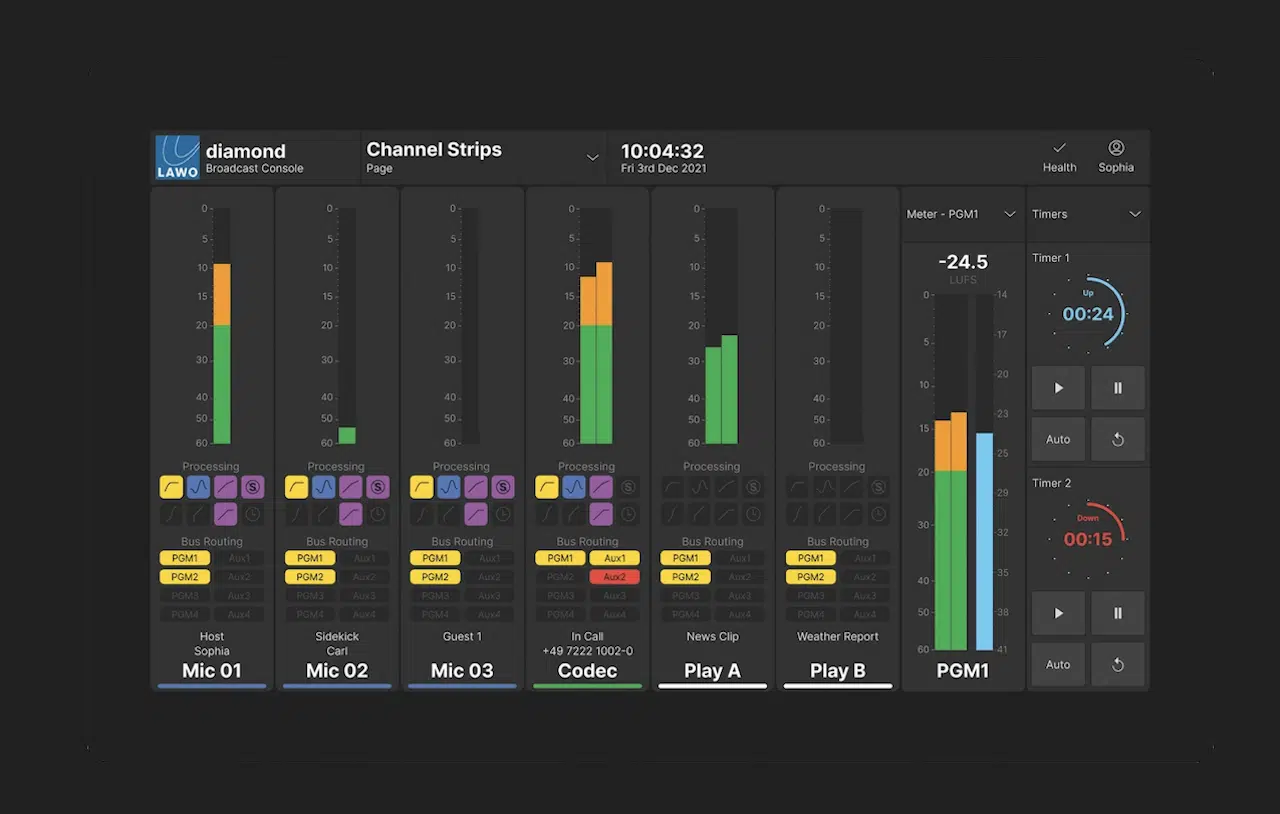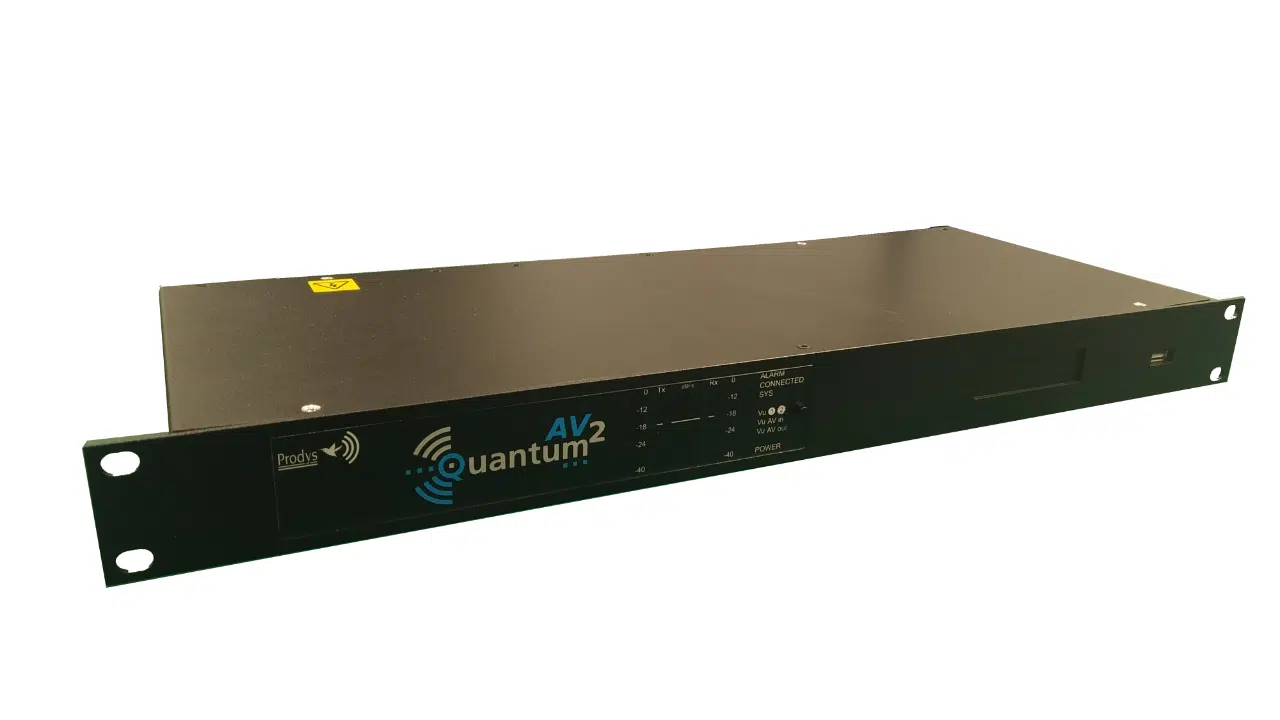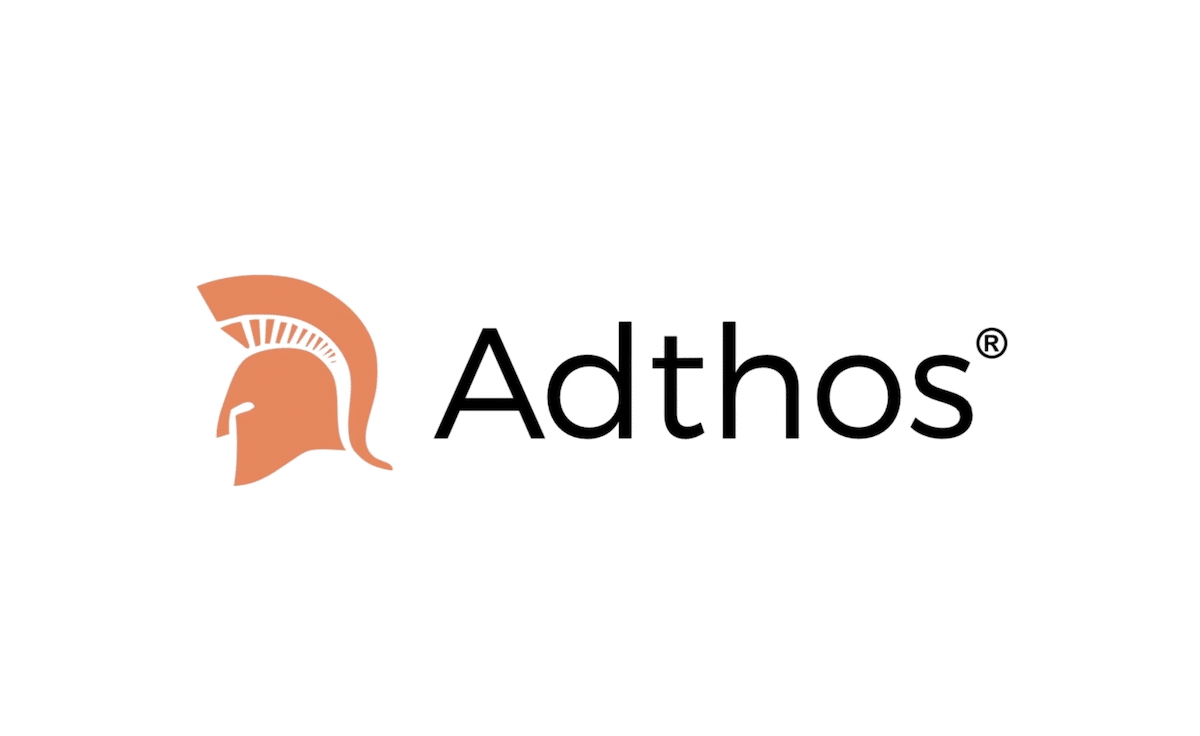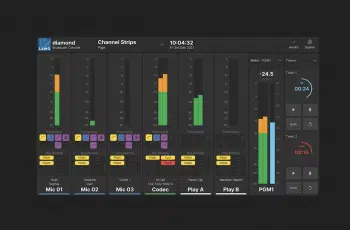
Innovators don’t always look to improve things; they often look to do things differently. For this reason, they’re driven not to retune or refine something in front of us but to rethink something that may be out of our immediate vision. Given how radio and digital audio are growing in scope — in directions previously only dreamed about — we approached some of the sector’s most dynamic thinkers and asked them the following question: What largely uncharted, or overlooked, area of technology within the sector is ripe for inventive exploration and why?
Anthony Greene, General Manager, Starcom Network, Barbados

Interrupt broadcast technology is being used to insert advertising into the live streams of radio stations from around the world. This trend is often not detected in the host country of the radio stations. The use of technology and rules of engagement to bring about equity for content monetization would help radio stations whose content are used to generate revenue for live steam apps. In many instances these radio stations are not even aware of how and where monetization for their content is occurring. While it is good that technology allows radio stations to be heard via steaming apps from anywhere in the world, there should be some revenue share for the companies whose content and audiences are a part of the revenue generation process for these live stream businesses.
Kim Beyns, CEO, NGroup, Belgium
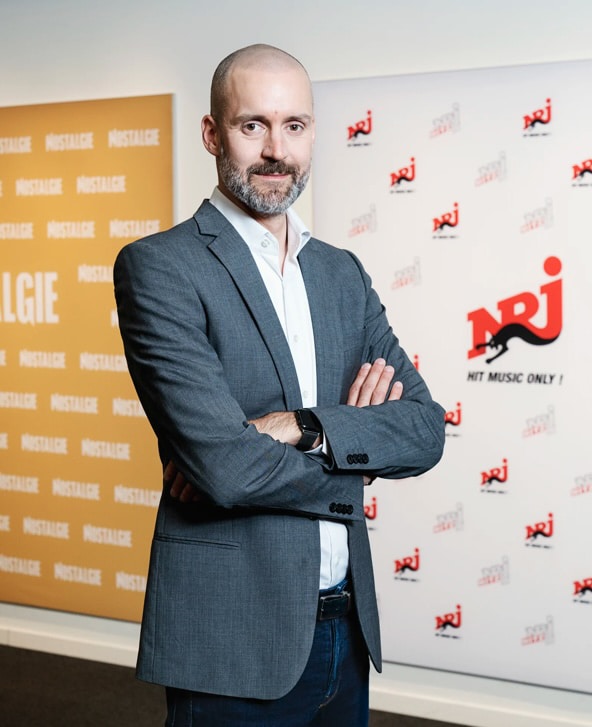
Radio, as a mass medium, embodies both strengths and weaknesses: While it can reach vast audiences simultaneously, ensuring content relevance remains a big challenge for us radio-makers.
How can we be certain that the music and the content we’re providing aligns with their true desires? By relying solely on a focus group once a year? We all know we can’t expect a listener to tell us precisely what they want. It’s our responsibility to discern their preferences.
While streaming services use AI algorithms for personalized recommendations, radio has not fully exploited this potential. AI technologies could assist us by analyzing data from social media and streaming services, predicting preferences, and curating content accordingly. This could lead to a more appealing offering, improving listener engagement and retention.
By implementing AI, radio could bridge the gap between traditional broadcasting and modern audience expectations in a fast-moving and connected media landscape.
Matthias Schenk, Head of Partner Management, RMS Radio Marketing Service GmbH, Germany

2024 will see programmatic radio campaigns opening up linear radio reach to the digital buyers. Adding classic radio to digital buying channels elevates the potential reach of audio campaigns beyond any other media channel, even higher than TV. Adding a data layer and combining it with digital audio compatible audience-based buying mechanics is going to unlock new revenue streams from digital buyers, which were previously going into programmatic TV and other linear channels. The first cases are already live in the United States (iHeart) and Germany (RMS), and we have just started 2024!
Annsofi Eriksson, CIO, Sveriges Radio, Sweden

The technology for cloud-based production and distribution already exists, and there are several live examples with benefits, such as increased security, cost efficiency and less traveling and transportation of hardware. However, the media industry seems to be lacking a sense of urgency. One reason could be that several media companies recently invested in IP-based production in dedicated media networks. There is still potential for more exploration of software-based solutions and networks, and it will enable the shift from technology-driven to content-driven development.
Frank Foti, Executive Chairman of the Telos Alliance, Founder of Omnia Audio, United States

AI is the tech buzzword du jour, and it applies here. As we can already see, the possibilities are limitless. From operation within a specific product or app to an entire radio/audio facility, AI has the capability to accomplish so much. Already, we are “teaching” an audio processor which actions to invoke or revoke based on the context of a signal. This capability applies to both radio and audio. Now, expand that thought to where an entire facility used for capturing content or distributing signals has the knowledge to provide consumers with the media they desire.
The why seems obvious. The present world is drawn to the sensory overload of information we now live in. Being able to connect to any element via devices like an Apple Vision Pro or Google Glasses (provided as examples only) will enable the consumer to access so much by way of just thought alone.
Sameer Kasare, Head IT & Broadcast, Reliance Broadcast Network LTD, India

One area that is ripe for inventive exploration within the radio FM industry is the integration of artificial intelligence (AI) and machine learning. By leveraging AI technology, radio stations could personalize content and recommendations for listeners based on their preferences and listening habits. This could enhance the overall listener experience and engagement. Additionally, AI could be used to streamline operations, optimize scheduling and improve content creation processes. Overall, the potential for AI in the radio FM industry is vast and could lead to innovative advancements in how radio stations operate and connect with their audience.
Gerard Edwards, CEO, Podcast Radio, United Kingdom

Radio groups would do well to explore a personalized, interactive subscription model that goes “beyond” ad-removal. This isn’t about substituting songs for ads in exchange for a fee. Instead, consider providing genuine value that fans are willing to pay for. Radio stations with a broad listener base have the opportunity to redefine subscriptions by offering superfans exclusive perks.
Envisage a subscription model where fans could, say, enjoy “exclusive” original audio and video material from Taylor Swift; buy merchandise related to their favorite shows or musical artists (we know Gaga fans would love a Gaga t-shirt or tote bag); or receive access to private podcasts or live sessions from presenters and artists. Got morning show superfans? Give them access like never before. Heck, give them access to the highest tier — to attend a feature on-air.
It’s not just about avoiding ads; it’s about enriching the listener experience with content and opportunities that foster a closer relationship with “their” preferred station.
Such a model could transform listener engagement and introduce new revenue opportunities for radio stations while providing fans with an immersive experience that transcends audio.
Andrew Pike, Technical and IT Manager, Jacaranda FM, South Africa

As much as AI and machine learning have become buzzwords and almost a cliché, I don’t think we have yet explored what may be possible on the technology side of radio. I think we could greatly enhance the signal path from mic and computer playout to transmitter using adaptive algorithms that virtually eliminate the mixing desk by identifying which talent to bring to the fore and which to tone down. The same technology can then “clean up” the mic sources by removing background noise, ambience and reverberation. Further down the chain, the final audio processing should be able to better adapt to different music types, balance between voice and commercials, and extremely hard mastering, enhancing the final quality that the listener enjoys. In addition, the FM transmitter and modulation can be optimized, reducing power requirements and possibly enhancing propagation of the signal.
Christian Hufnagel, Head of ARD Audio Lab, Germany

The integration of mixed-reality devices with 3D spatial audio systems represents a largely untapped area with the potential to revolutionize how we interact with sound, offering more immersive, intuitive and accessible audio experiences. As such, it stands as a promising field for innovators looking to push the boundaries of audio technology.
Vishaal Sethia, National Content Director and EVPat ENIL (Mirchi), India

I recently visited Italy and stayed in an apartment owned by a local lady. She didn’t know English and I couldn’t understand Italian. Google Translate came to our rescue and we were both communicating like pros for the next three days. In a country like India, language changes within a few hundred kilometers and there are many dialects in each of those languages. While a lot has been done for AI-enabled voice cloning/generation services, I think the time has come for developing automation in regional languages. This shall greatly help and empower the masses in distant towns and villages of India. What UPI did for digital payments, this could do for local languages. Most such services are available in Hindi and English and those available in regional languages are still work in progress.
These perspectives were all published in the 2024 edition of The Innovators. Find out more about all our leaders at the following links: Starcom Network, NGroup, RMS Radio Marketing Service GmbH & Co. KG, Sveriges Radio, Telos Alliance, Reliance Broadcast Network Ltd, Podcast Radio, Jacaranda FM, ARD Audio Lab, ENIL (Mirchi)



